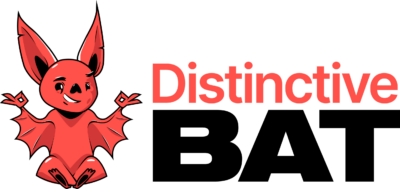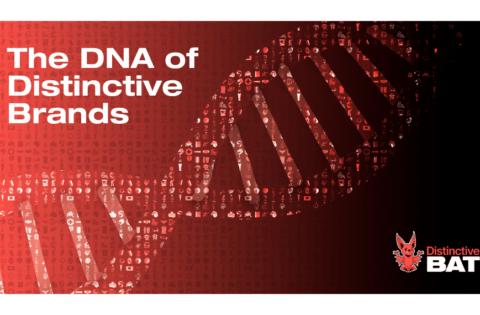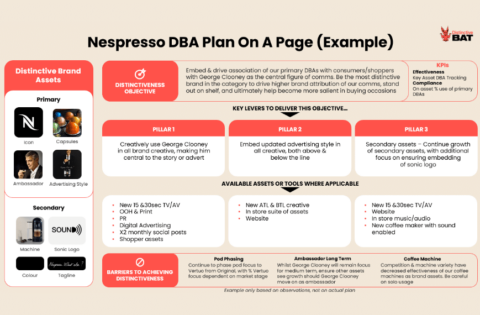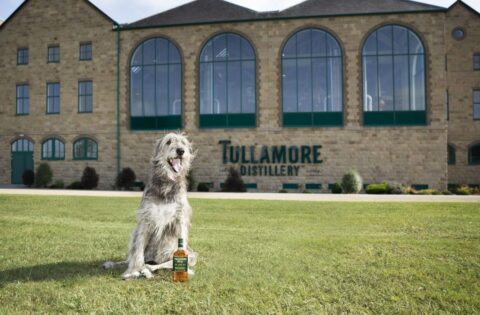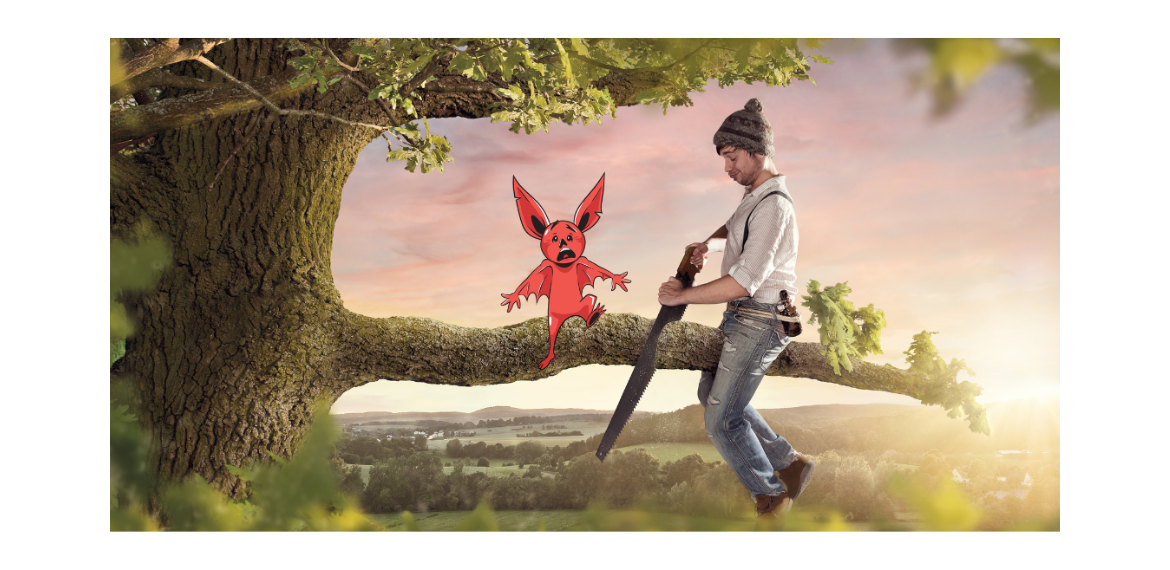
<strong>The 6 Most Common Distinctive Brand Asset Research Mistakes</strong>
The 6 Most Common Distinctive Brand Asset Research Mistakes
With distinctiveness high on the agenda for many brands, the research and measurement of brand assets have become a vital component of many a brand’s M&E (Measurement & Evaluation) toolkit. Due to the nature of the research, however, it can be fraught with challenges that bias the results. Here are six of the most common mistakes
1) Including As Part of A Brand Health Tracker
The most common mistake we see is the researching or tracking of brand assets as part of a broader piece of research, such as a Brand Health Tracker. In most cases, this introduces substantial priming effects (bias) with brand names being shown ahead of time, skewing recall and results. This often happens when brand health questions prompt survey respondents with brand names as part of recruitment (brand purchase/consumption), the brand funnel, salience or image-led questions, early in the survey. In these situations, the category leaders(s) see the most positive bias.
2) Priming
Another common mistake is priming. Some approaches see a respondent review and answer on a high number of assets from one brand. Imagine a respondent seeing the McDonald’s arch, and then seeing the colour red, no doubt the scores for the colour red would be overcalled due to the McDonald’s arch appearing first. While showing respondents many assets from one brand can help with sample costs, it inhibits the ability to truly isolate which assets are doing the heavy lifting and should be avoided. Penny wise, pound foolish.
3) Ticking The Box
Some methods also ask respondents to “tick the box” on which brand(s) the asset belongs to. The challenge here is similar to the issue with prompted questions in Brand Health Trackers, they aren’t a true reflection of how our memory pathways work when choosing brands. When it comes to brand assets, the questions should be unprompted to represent a truer reflection of salience.
4) Falsely Using System 2 To Identify System 1
In some cases, descriptive words or statements are used to gauge whether a potential consumer considers a brand and/or their assets to be “different from the rest” or “stands out”. While these can be a simple but effective measure of differentiation, they do not answer the question of whether your brand is distinctive in the consumer’s mind. For this, it’s imperative to simplify the questioning and ask whether a sensory brand cue does its primary job of cueing accurate brand recognition. For more on the difference between Differentiation and Distinctivity, see Mark Ritson’s super helpful discussion on Snickers here.
Distinctive Asset Measurement: Brand Research That Provokes Action
Used by some of the world’s most distinctive & leading brands






5) Leaning Too Much Into Meaning
Another challenge, more on the use of the results than the methodology, is when the analysis & discussion leans too much into the perceived meaning of the asset. While no doubt the message an asset can carry is important, it can lead the brand down the wrong garden path. This happens in several ways
- Relevance – When the brand wants to find & use an asset of high relevance to the category, it can often lead the brand to look into the same places as their competitors, with brands landing on the same category generic codes. Think of the whisk(e)y category, a barrel would be super relevant, perhaps helping signal age, however, it would be next to impossible for a whisk(e)y brand to own and activate as a distinctive asset.
- Asset connotations – Asking a respondent what comes to mind when they see/hear an asset can be a helpful health check in case an issue potentially does exist, but reading too much into individual verbatims can hinder selection. This can also sometimes be the death knell for an otherwise strong asset, with the asset blamed for the decline in certain image statements.
- Polarisation – Some assets can be quite polarising, but this can often be what makes a brand asset stand out and be distinctive in the first place. We recently saw a character asset perform incredibly well across multiple markets, if the “meaning” of that asset was researched too heavily before launch it would have likely had semi-negative connotations with half the market. It wasn’t, and that asset is propelling the brand forward. Perhaps the Geico Gecko may never have seen the light of day for similar reasons (“oh yuck, look at that slimy lizard”).
6) Benchmarking Against Other Studies
Many studies will look to compare scores against a database of benchmarks and while some will compare only to studies from the same category, it’s common that these other studies won’t have the same make-up of light buyers vs. those more familiar with the category. There is also often selection bias in the assets chosen which can skew the averages. We recommend including a good number of competitors in your own research study and using these for benchmarking against, in your initial research and in any ongoing tracking.
If you require help researching, measuring or tracking your Distinctive Brand Assets, drop us a line to chat.
Have any questions on Distinctive Brand Asset Research or Tracking? Drop me a message via LinkedIn or email at hello@distinctivebat.com
Distinctive Asset Measurement: Brand Research That Provokes Action

Used by some of the world’s most distinctive & leading brands






